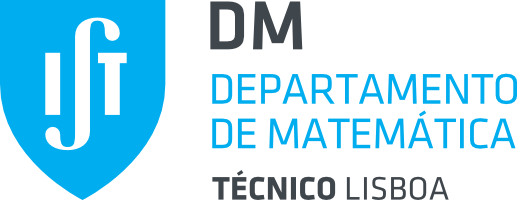Programme
The recorded videos of the Talks presented at WSM 2021 are available here:
https://portal.educast.fccn.
Abstracts
Master's thesis projects
At the end of each day, there will be a short session concerning the active researchers in the Mathematics department and their available projects for the mathematical fields presented on that day:
Monday: Numerical Analysis and Logic & Computation
Tuesday: Probability & Statistics and Mathematics for Industry - ECMI
Wednesday: Data Science
Thursday: Algebra & Topology and Geometry & Math. Physics
Friday: Real & Functional Analysis and Differential Equations & Dynamical Systems
You can check all the projects here.
Maths at Work Roundtable
The Masters in Mathematics and Applications counts with numerous branches where each student can complete their curriculum in the most diverse and preferable way possible. To enlighten the students, the 'Maths at Work Roundtable' seeks to establish a real contact with alumni from the various branches of the Masters, including current researchers who are forging their own path and expanding the world of mathematics.
Join us at the IST Winter School, promoted by the Mathematics Department at IST, and hear the experiences of some of our most prominent alumni and clear any doubts you may have as to how the MMA MSc Degree is built. There will be 2 separate occurrences of this event, in which we split the different branches you can follow:
Wednesday: Numerical Analysis, Logic & Computation, Probability & Statistics, Mathematics for Industry - ECMI, Data Science.
Friday: Algebra & Topology, Geometry & Math. Physics, Real & Functional Analysis, Differential Equations & Dynamical Systems.
NMATH, The Mathematics Student Association at Instituto Superior Técnico.
Invited alumni
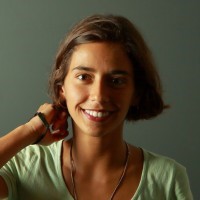 Matilde Tristany Farinha
Matilde Tristany Farinha
PhD candidate at ETH Zürich
Master's in Mathematics and Applications
Probability & Statistics profile
https://www.linkedin.com/in/matilde-tristany/
Diogo Carvalho
PhD student in Computing Enginnering
Master's in Mathematics and Applications
Applied & Industrial Mathematics profile
https://www.linkedin.com/in/diogo-carvalho-17235a183/
Manuel Portela
Analytics Associate Professional at Celfocus
Master's in Mathematics and Applications
Probability & Statistics profile
https://www.linkedin.com/in/manuelportela96/
Margarida Azeitona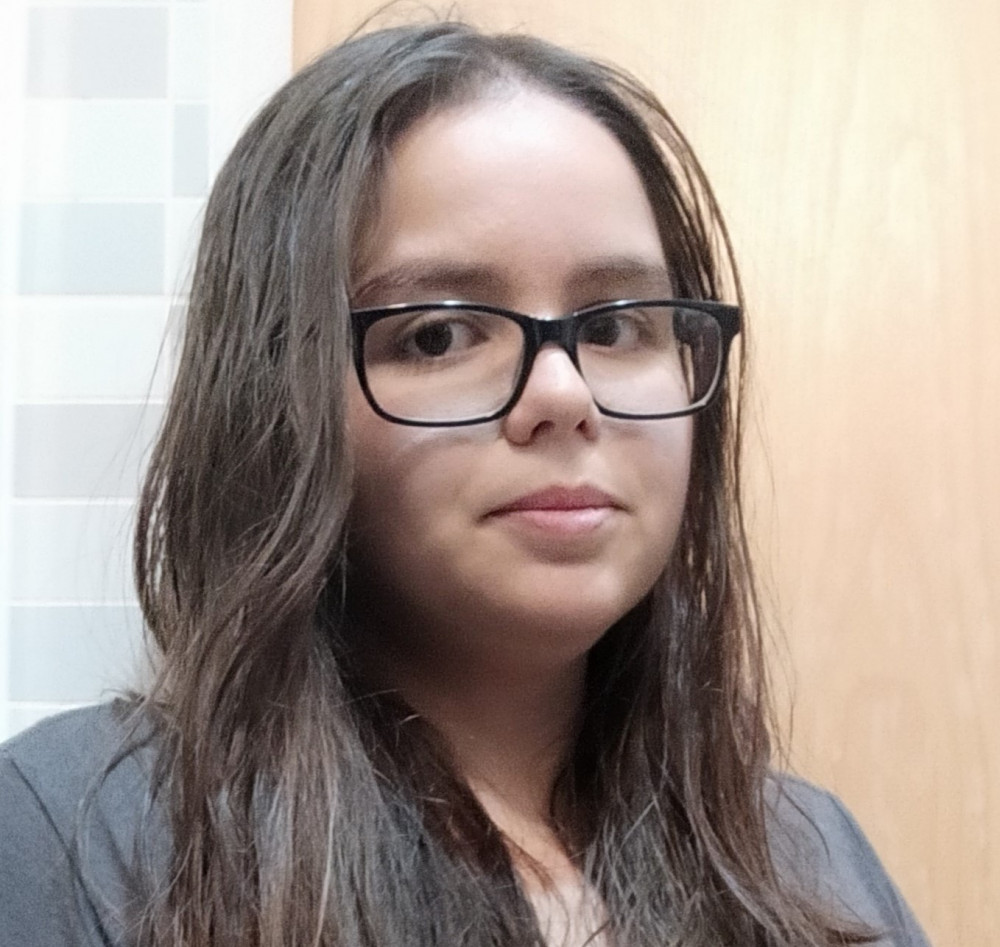
Data scientist at Baseform
Master's in Mathematics and Applications
Probability & Statistics profile
https://www.linkedin.com/in/margaridaazeitona/
Sara Galhoz
Colaborator at Statistics and Prospective Unit
Master's in Mathematics and Applications
Logic & Computation profile
https://www.linkedin.com/in/sara-galhoz-8a330782/
Rui Loja Fernandes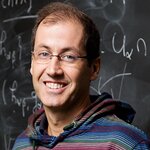
Lois M. Lackner Professor in Mathematics at UNIVERSITY OF ILLINOIS URBANA-CHAMPAIGN
M.Sc. and Ph.D. in Mathematics, University of Minnesota
https://faculty.math.illinois.edu/~ruiloja/index.php
Miguel Moreira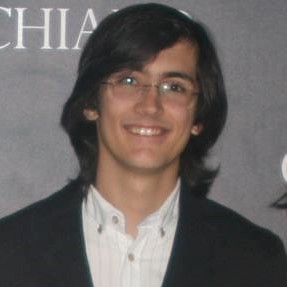
PhD student at ETH Zürich
Master's in Mathematics and Applications
Algebraic Geometry profile
https://people.math.ethz.ch/~mimoreira/
Master's in Mathematics Q&A
On Wednesday, there will be a small presentation on the specific structure of both the Master's in Mathematics and Applications and the Master's in Data Science. Take this opportunity to inform yourself on the master's curricula and admission requirements. You may check out the corresponding webpages in the Contacts section.
_____________________________________________________________
The recorded videos of the Talks presented at WSM 2021 are available here:
https://portal.educast.fccn.
Schedule
The recorded videos of the Talks presented at WSM 2021 are available here:
Move the mouse over the schedule to see start and end times.
Numerical Analysis and Logic & Computation
Probability & Statistics
Defining a Conformal Field Theory as a scaling limit of discrete models: the Ising model example
Principal Component Analysis for Interval Valued Data
Algebra & Topology and Geometry & Math. Physics
Real & Functional Analysis and Differential Equations & Dynamical Systems
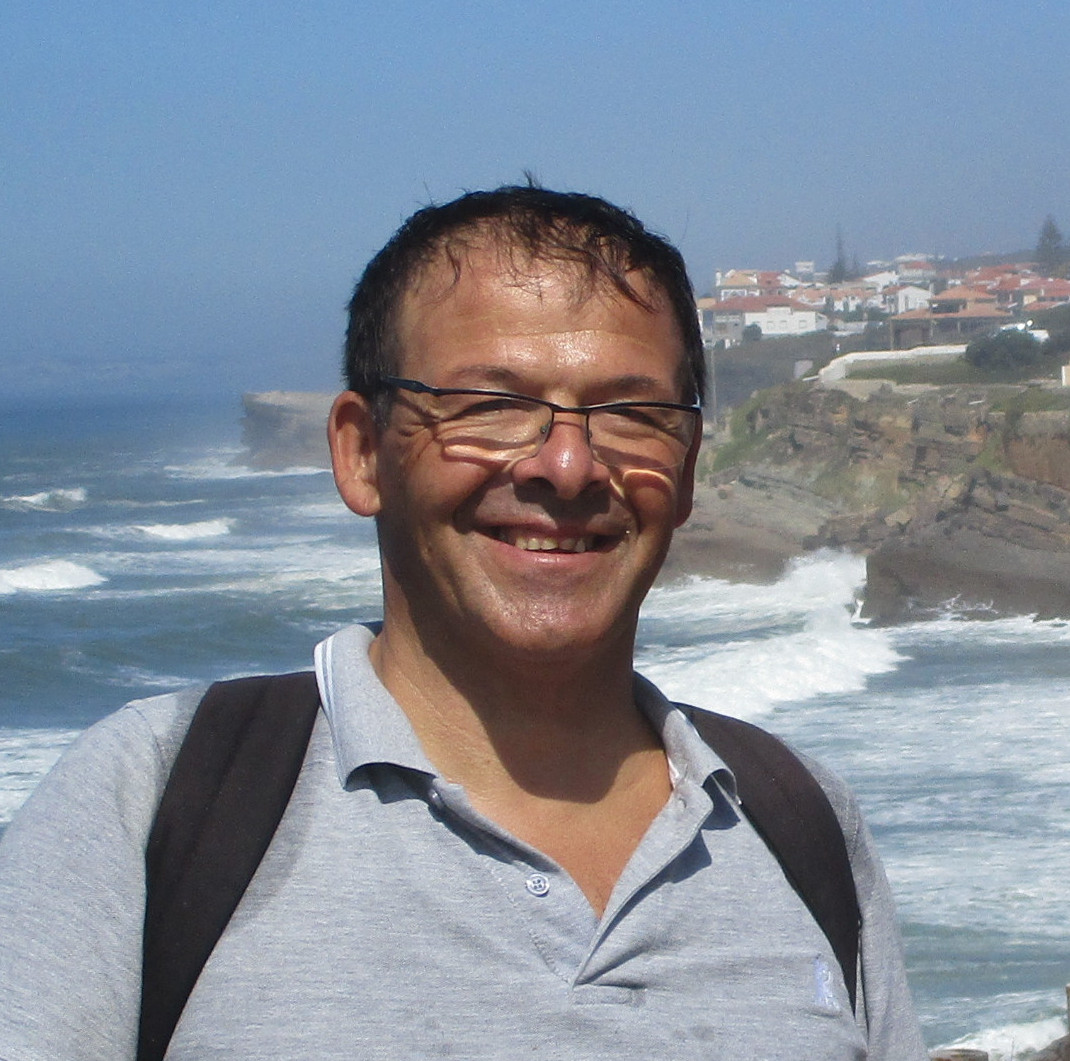 Pedro Lima, Instituto Superior Técnico
Pedro Lima, Instituto Superior TécnicoThe Mathematical Modeling of Brain

With an extremely large number of functional units (neurons) and an even larger number of connections between them (synapses) the brain is maybe the most complex system that Science has ever tried to explain and simulate.
Neuroscience is nowadays a multidisciplinary field which mobilizes all over the world thousands of scientists of different profiles, from medical doctors to electrical engineers, including mathematicians. Te mathematical tools of Neuroscience are getting more and more complex, giving rise to new branches, such as Mathematical Neuroscience or Computational Neuroscience. In this talk we will visit some of the most well-known mathematical models, emphasizing the role that mathematical topics such as Differential Equations, Numerical Analysis or even Algebraic Topology play in the modeling of the brain and the nervous system.
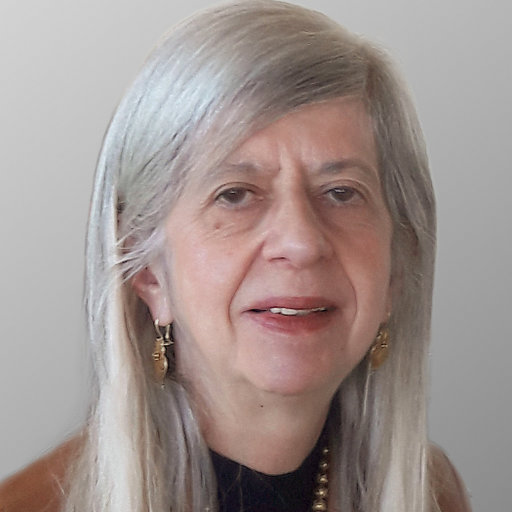 Cristina Sernadas, Instituto Superior Técnico
Cristina Sernadas, Instituto Superior TécnicoFacets and Parallel Universes of Modal Logic

Main concepts and results concerning the relational, algebraic and topological semantics.
Labelled deduction. A (not exhaustive) road map through different parallel universes: provability, temporal, logic of programs, deontic, epistemic, evidence and spatial logics. Some open questions and challenges.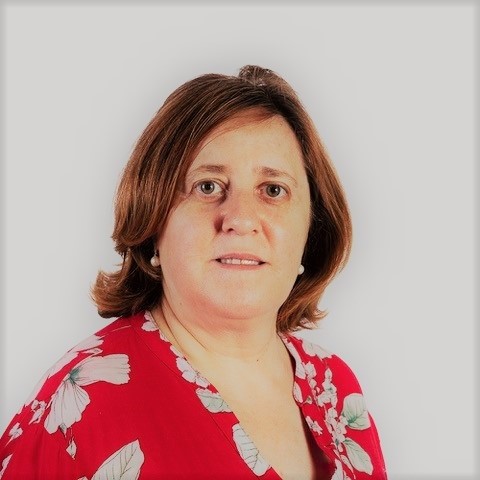 Conceição Amado, Instituto Superior Técnico
Conceição Amado, Instituto Superior TécnicoFinite population sampling in Data Science
In the era of "Big Data" the trendy is to analyse all available information. Is it really needed?
Do the effort and time, spend to analyse these "Big Data", lead to significantly greater information rather than using sampling techniques?
This short course discusses this issue and introduces the basic concepts of finite population sampling.
 Cláudia Nunes, Instituto Superior Técnico
Cláudia Nunes, Instituto Superior TécnicoECMI: Mission, goals and education

The European Consortium for Mathematics in Industry (ECMI) is a consortium of academic institutions and industrial companies that acts co-operatively with the following aims:
- To promote and support the use of mathematical modelling, simulation, and optimization in any activity of social or economic importance.
- To educate Industrial Mathematicians to meet the growing demand for such experts.
- To operate on a European scale.
One of the most successful programs concerns the ECMI Educational Programme Mathematics for Industry. In this presentation I will talk about the master program, focusing on the ECMI certificate and the Modelling activities.
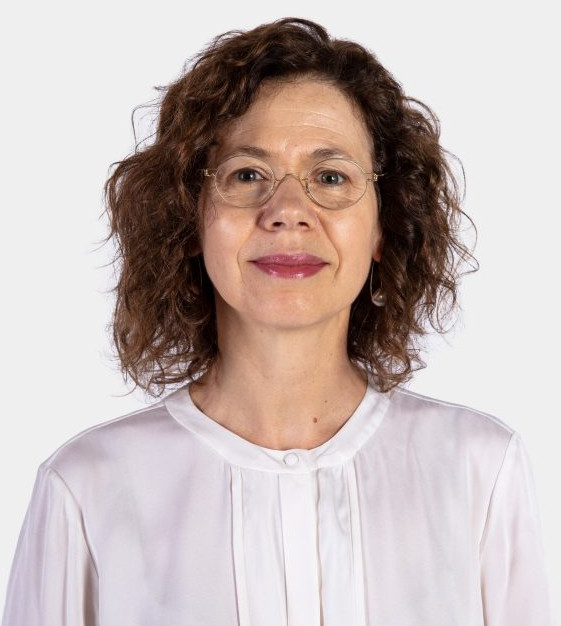 Rosário Oliveira, Instituto Superior Técnico
Rosário Oliveira, Instituto Superior TécnicoData Science: a way to transform data into knowledge
The ultimate challenge for Data Science is to transform the enormous abundance of acquired and stored data into useful information for the solution of a specific problem. In this talk, we discuss the links between Data Science, Statistics, Machine Learning, Artificial Intelligence, Data Mining, and other scientific fields that put data as its main concern. We dedicate special attention to the role of Statistics in an area of data abundance. Topics like career opportunities, education, and the importance of collaborations between industry, universities, and government sectors are also addressed.
 Gustavo Granja, Instituto Superior Técnico
Gustavo Granja, Instituto Superior TécnicoApplied algebraic topology

Algebraic topology is the area of Mathematics which studies shapes or "large scale geometry” by algebraic means. During the 20th century it was recognised that the basic ideas of algebraic topology play an organizing role in most areas of pure mathematics. More recently, these ideas have also been successfully applied to other areas of science, from computer vision and data analysis, to neuroscience. This talk will introduce some of the most fundamental ideas in algebraic topology, which go back to Poincaré at the beginning of the 20th century, and briefly describe some ot their recent applications.
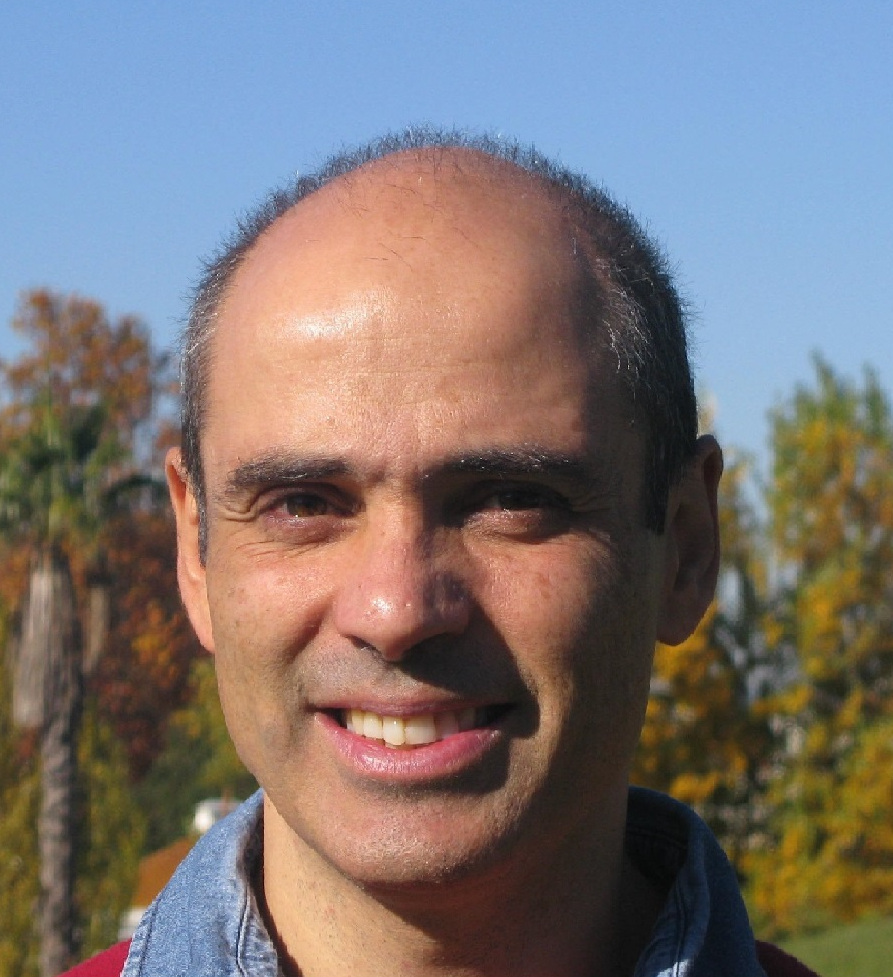 José Natário, Instituto Superior Técnico
José Natário, Instituto Superior TécnicoThe hidden geometry

Geometry is all around us, but it is many times hidden from our eyes.
In this talk we will see several examples of this, ranging from everyday situations to astrophysics and elementary particles.
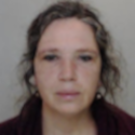 Catarina Carvalho, Instituto Superior Técnico
Catarina Carvalho, Instituto Superior TécnicoThe index of an equation
If we are given a linear system of equations on finite dimensional spaces, we know from Linear Algebra how many solutions there are and how to find them. On the other hand, most mathematical modelling involves the analysis of some system of differential equations describing our model; here the solutions are functions, living in an infinite dimensional world. Finding the actual solutions may be very hard in practice, but if we are lucky, we have a powerful tool: there is an integer, called the index, that gives us information about the number of solutions without computing them. In the right setting, this number is very stable and behaves well under many natural transformations.
In this talk, we place this invariant in the setting of Operator theory, that is, the study of linear maps between normed vector spaces, let it be Euclidean space, spaces of sequences or function spaces. We make a tour through some of the main concepts and examples, and consider the class of Fredholm operators, the ones that lead to a well-defined index. We see what stability means and explain how the strong properties of the index lead in some cases to remarkable index formulas, depending on the shape of the space our model takes place, thus establishing a strong link between analysis and topology.
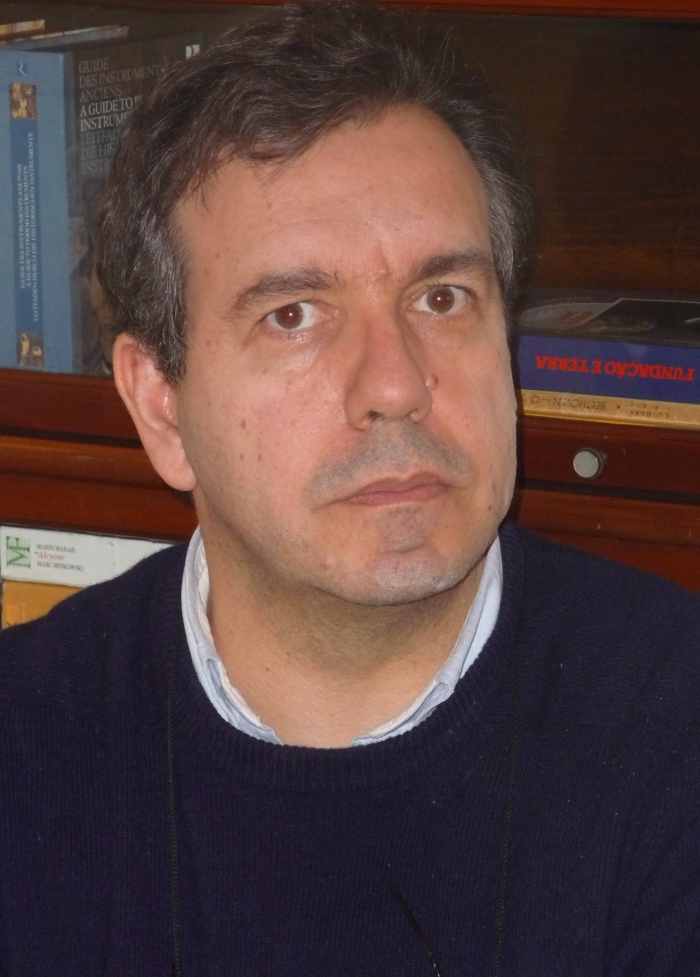 Henrique Oliveira, Instituto Superior Técnico
Henrique Oliveira, Instituto Superior TécnicoDifferential equations in Mathematical Epidemiology
We present basic concepts of mathematical epidemiology, that date from Kermack–McKendrick, 1927. The theory was later on developed to study the spread of other infeccious deseases with latency time or in more complex situations. We analyse equilibrium points, and limit cycles in different situations. We make a brief overview of the role of discrete dynamical systems in these theories. The final point of this talk is the discussion of the use of compartimental models with ordinary differential equations, both autonomous and nonautonomous, to forecast and analyse the situation of COVID-19 in Portugal.
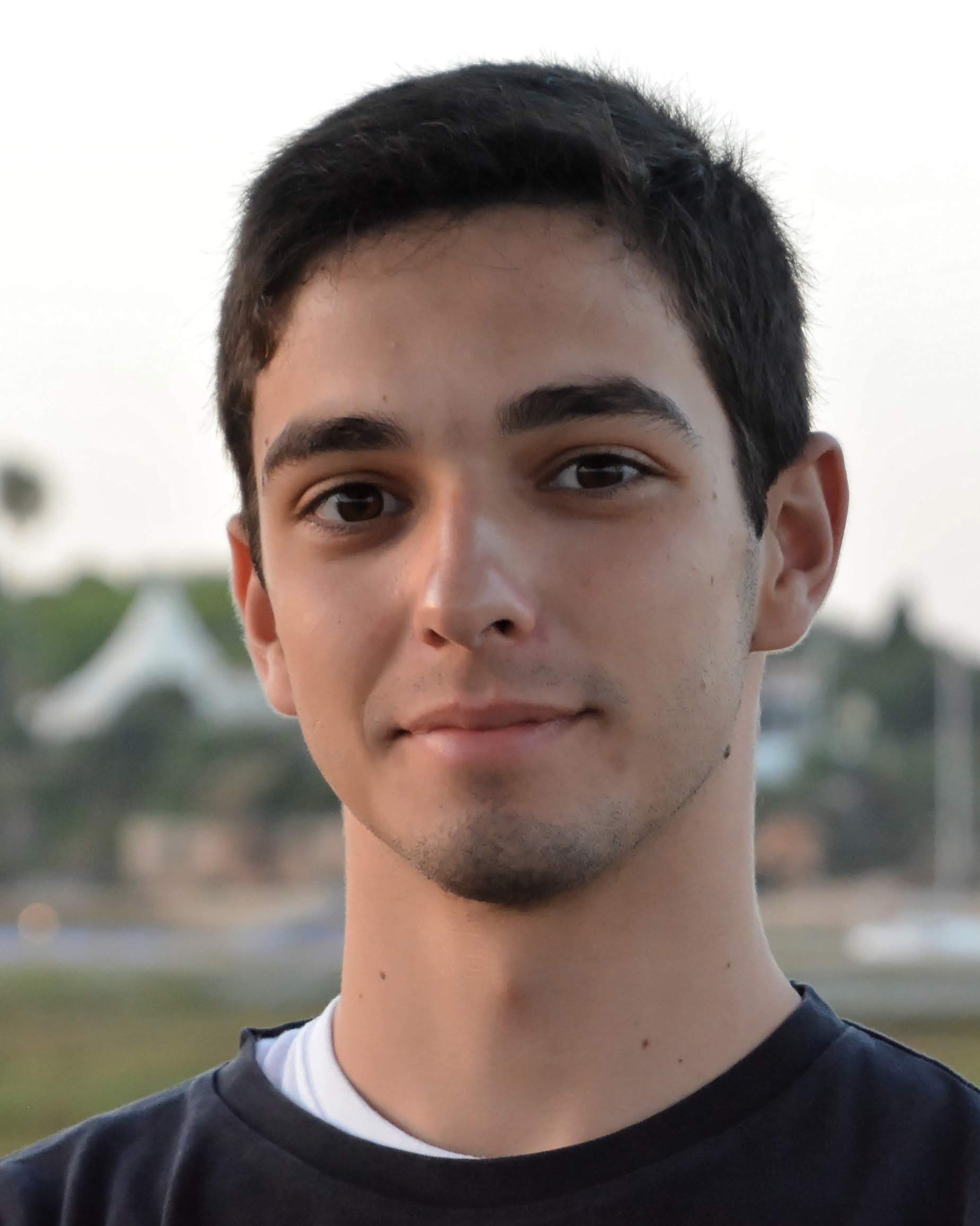 Pedro Capitão, Universidade de Lisboa
Pedro Capitão, Universidade de LisboaPrivate constrained pseudorandom functions with succinct keys

Pseudorandom functions (PRFs) are elementary objects in cryptography with many applications, both for practical purposes and as building blocks for more complex protocols. In the more powerful notion of a constrained PRF, the owner can delegate keys which only allow computing the value of the function at points that satisfy a given constraint. The objective of my thesis is to improve a known private constrained PRF scheme (where the constraints are hidden) by reducing the size of its keys. In this talk I introduce several cryptographic protocols and present the main ideas behind our construction.
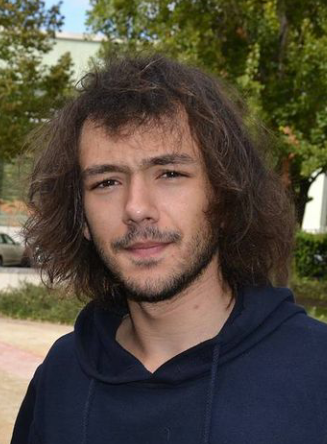 Gabriel Nahum, Mathematics PhD Student at Instituto Superior Técnico
Gabriel Nahum, Mathematics PhD Student at Instituto Superior TécnicoThe SSEP with open boundaries - Hydrodynamic Limit and Matrix Product Ansatz

On this talk we present the Symmetric Simple Exclusion Process (SSEP) on a finite lattice with open boundaries in 1 dimension. A description of this model is the following: we occupy arbitrarily a number of points with one particle; then, let the system evolve according to a (Simple) law of motion - a particle jumps with the same rate to its left/right site (Symmetric), iff this site is empty (Exclusion rule). The open boundaries allow us to inject/remove particles. Formally, this Interacting Particle System (IPS) is a Markov process, and on the past few decades has been actively studied in the context of Statistical Physics, providing more eyes on the inside of the world of non-equilibrium Thermodynamics.
An interesting question on the study of these IPS's is the amount of information that we can extract when going from this discrete space to a continuous one (also seen as micro-to-macro), and the description of microscopic quantities by means of macroscopic ones. On this vein, we will shortly expose the macroscopic description for the local density of particles (a Law of Large Numbers), and present a method for obtaining the exact distribution of the process on its stationary state.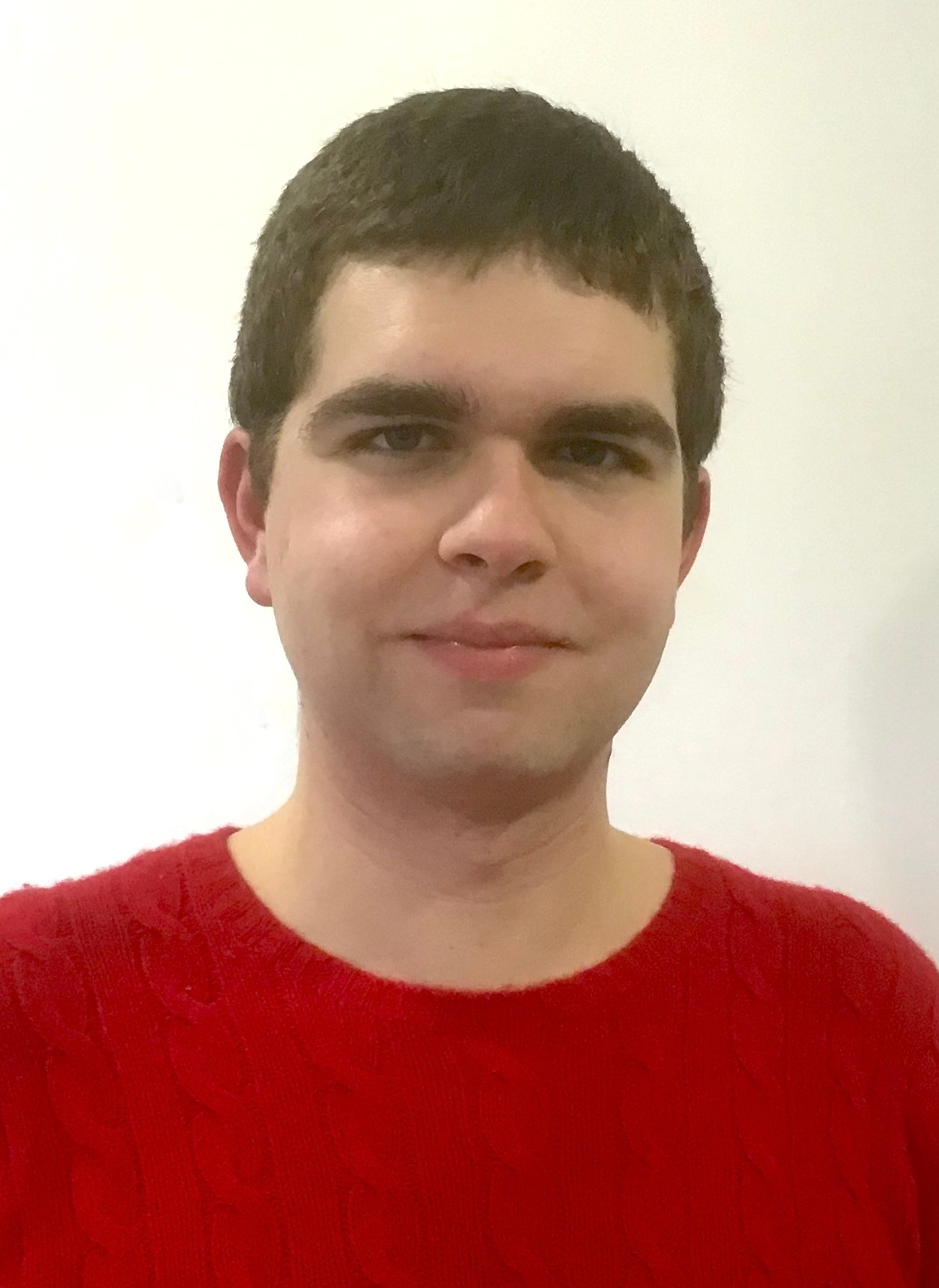 Henrique Santos, Intern at Portugal's Central Bank
Henrique Santos, Intern at Portugal's Central BankDefining a Conformal Field Theory as a scaling limit of discrete models: the Ising model example

Statistical Field Theory attempts to describe physics phenomena using field theory models with an infinite number of degrees of freedom. If the system has an invariance under conformal transformations, then it is called a Conformal Field Theory. The Ising model for ferromagnetism on a 2D surface is the quintessential example, standing as one of the oldest and simplest models to show a phase transition – a drastic change of behavior when external parameters (like temperature) are tweaked. Although physics arguments suggest a large collection of models show such a symmetry at phase transitions, no formal proof is known for most of them. In this talk we give a brief presentation of the Ising model, study its continuum limit at the critical temperature and explore what these results can mean to other models.
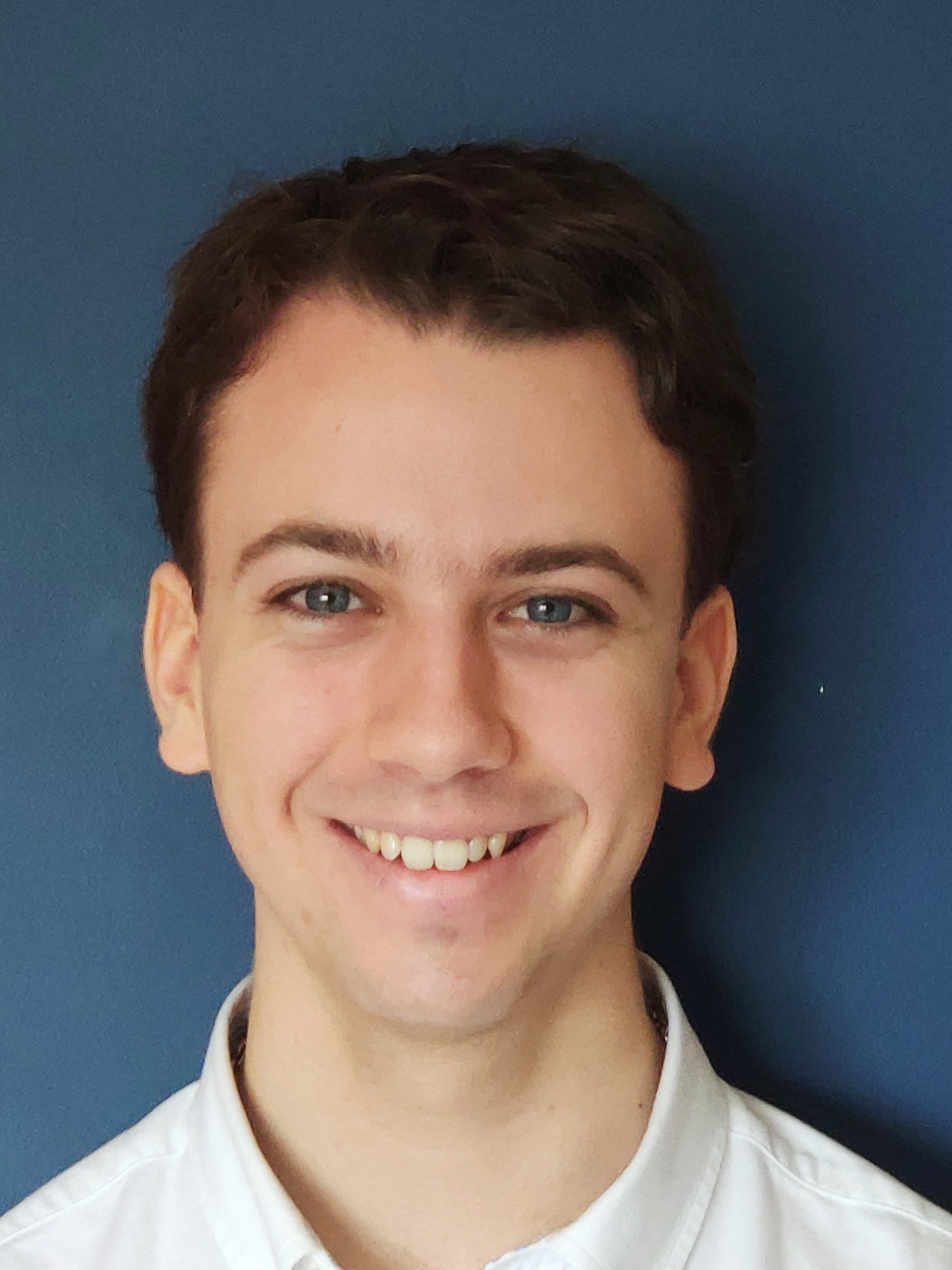 Rodrigo Girão Serrão, Universidade de Lisboa
Rodrigo Girão Serrão, Universidade de LisboaPrincipal Component Analysis for Interval Valued Data

Principal Component Analysis is a well-known statistical method that is commonly used as a dimensionality reduction method. This method works with points in the R^n space, but how can we apply it to datasets containing other types of data? The intuitive ideas that shape Principal Component Analysis can be adapted with ease when we are dealing with interval data, but these adaptations often lack theoretical justification. Having said that, how can we transfer the intuition of Principal Component Analysis to this new domain in a way that is mathematically sound?
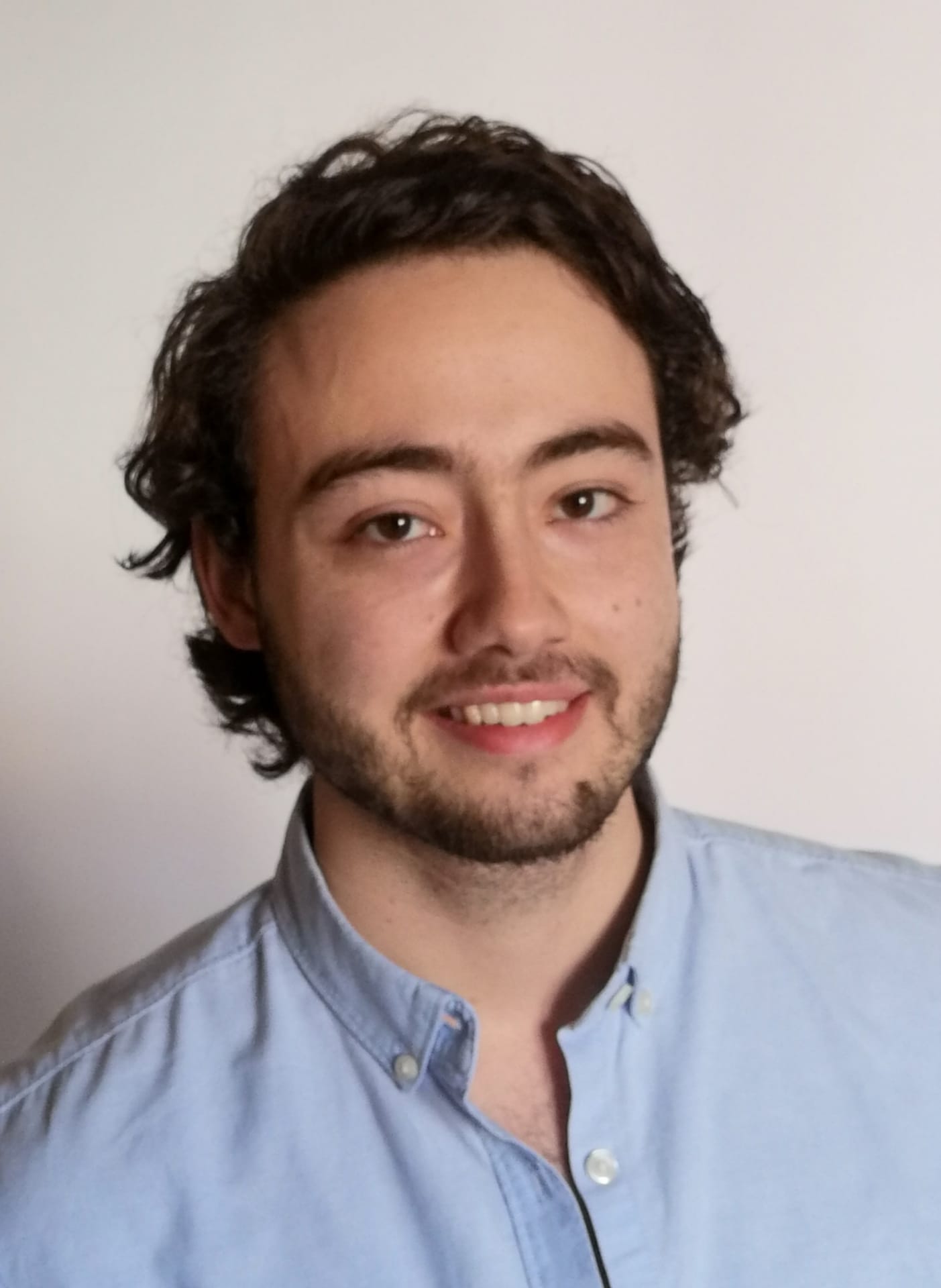 Paulo Mourão, Mathematics PhD Student at Université de Genève
Paulo Mourão, Mathematics PhD Student at Université de GenèveImaginary time flow deformations of Laughlin states

Even though we can easily model the behaviour of a charged particle under the influence of a magnetic field, the problem quickly grows very complicated as soon as we start considering many particle systems, due to the electromagnetic interaction between them. A breakthrough was achieved in 1983 when Robert Laughlin proposed an ansatz for the ground state of simple two dimensional systems of charged particles under the influence of a uniform magnetic field. This was later proven to be an excellent approximation to the exact wavefunctions. In my Master's thesis, we used techniques of Kähler geometry, geometric quantization and imaginary time Hamiltonian flows to deform these systems and thus obtain possible Laughlin states on deformed geometries. With this talk, I hope to provide some insight into modern applications of abstract mathematics to theoretical physics.
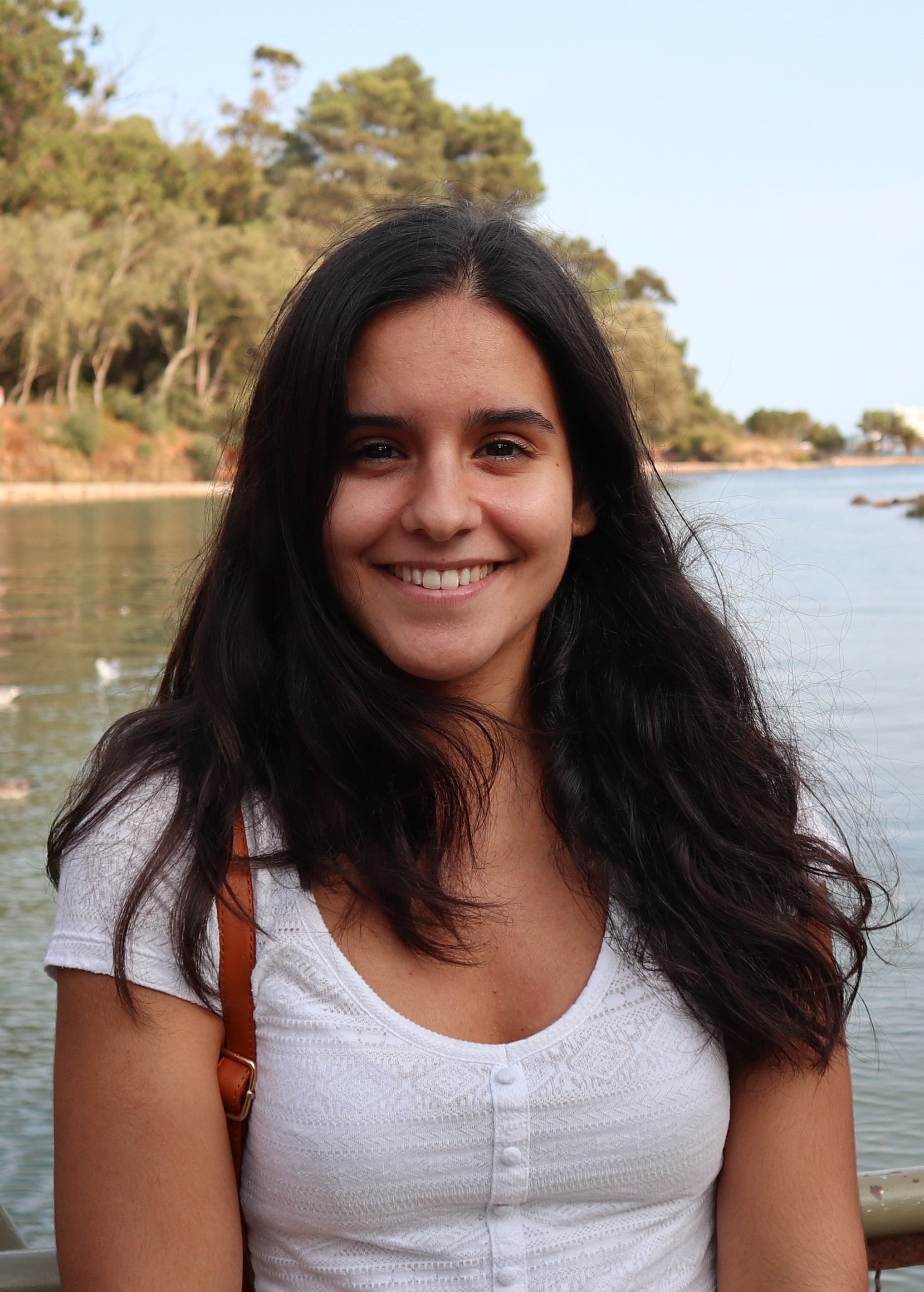 Renata Amado, Software Component Engineer at Edisoft
Renata Amado, Software Component Engineer at EdisoftPredator-prey reaction-diffusion systems with application to population dynamics

A system of reaction-diffusion partial differential equations was recently proposed for modelling the interaction of predators competing for the same prey. The most counterintuitive conclusion drawn from the experiments is that strong competition, besides causing emergence of territories, leads also to an increase in both predators and prey populations, alongside with the emergence of a refuge area for the prey population. The ecological implications of varying the different parameters present in the model were also tested regarding the emergence of territories and if and how this variation influences the size of the territories.
